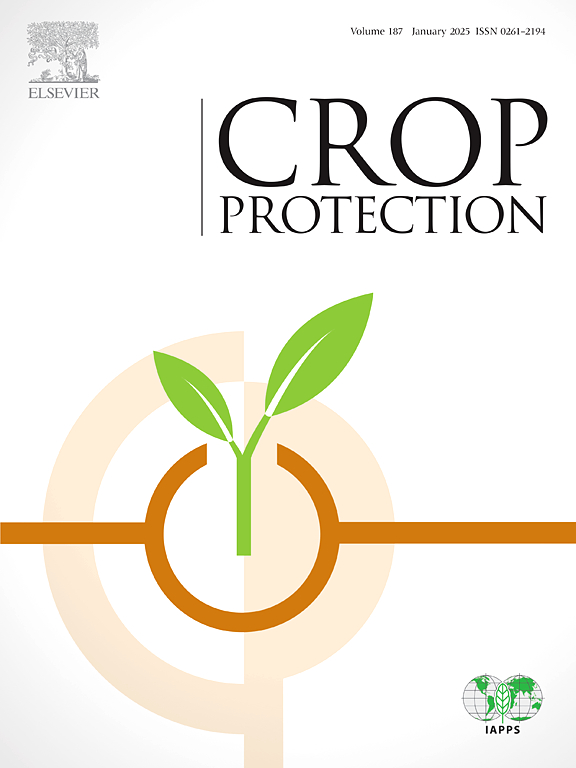Hybrid architecture for crop detection and leaf disease detection with improved U-Net segmentation model and image processing
IF 2.5
2区 农林科学
Q1 AGRONOMY
引用次数: 0
Abstract
Agriculture stands as a cornerstone of India's economy, supporting the livelihoods of millions and feeding a vast population. Enhancing crop production is imperative, given the substantial portion of land dedicated to agriculture. However, the multifaceted nature of farming, influenced by variables like soil composition, climate, and diseases, poses significant challenges. Embracing technological advancements is pivotal to augmenting crop yields and ensuring sustainable agricultural practices. This study introduces an innovative hybrid architecture that addresses significant challenges in agriculture by identifying leaf diseases and detecting crops using deep learning and sophisticated image-processing techniques. Here, the proposed model comprises two phases namely, Crop Prediction and Leaf Disease Identification. To improve its suitability for analysis, the input image is first preprocessed. An improved U-Net segmentation algorithm has been employed to identify areas of interest in the image. Features pertinent to shape, color, and texture, including an enhanced Local Gabor XOR pattern (LGXP), are then extracted to capture comprehensive information about the crops and potential diseases. The core of our approach lies in a hybrid architecture, integrating elements of Improved Linknet and LeNet architectures. This model first determines the kind of crop in the image by using features that have been extracted. In the following step, deep features and statistical characteristics extracted from the segmented image are used to identify numerous prevalent diseases affecting the foliage. Implemented in Python, our approach is rigorously evaluated against conventional models, showcasing superior performance across various metrics. Consequently, the model has achieved a higher detection accuracy of 0.982 and the F-measure of about 0.956, indicating that the model operates better and identifies the leaf disease more successfully than other existing techniques. This research endeavours to empower farmers with actionable insights, fostering smarter agricultural practices and contributing to food security and economic prosperity.
求助全文
约1分钟内获得全文
求助全文
来源期刊

Crop Protection
农林科学-农艺学
CiteScore
6.10
自引率
3.60%
发文量
200
审稿时长
29 days
期刊介绍:
The Editors of Crop Protection especially welcome papers describing an interdisciplinary approach showing how different control strategies can be integrated into practical pest management programs, covering high and low input agricultural systems worldwide. Crop Protection particularly emphasizes the practical aspects of control in the field and for protected crops, and includes work which may lead in the near future to more effective control. The journal does not duplicate the many existing excellent biological science journals, which deal mainly with the more fundamental aspects of plant pathology, applied zoology and weed science. Crop Protection covers all practical aspects of pest, disease and weed control, including the following topics:
-Abiotic damage-
Agronomic control methods-
Assessment of pest and disease damage-
Molecular methods for the detection and assessment of pests and diseases-
Biological control-
Biorational pesticides-
Control of animal pests of world crops-
Control of diseases of crop plants caused by microorganisms-
Control of weeds and integrated management-
Economic considerations-
Effects of plant growth regulators-
Environmental benefits of reduced pesticide use-
Environmental effects of pesticides-
Epidemiology of pests and diseases in relation to control-
GM Crops, and genetic engineering applications-
Importance and control of postharvest crop losses-
Integrated control-
Interrelationships and compatibility among different control strategies-
Invasive species as they relate to implications for crop protection-
Pesticide application methods-
Pest management-
Phytobiomes for pest and disease control-
Resistance management-
Sampling and monitoring schemes for diseases, nematodes, pests and weeds.
 求助内容:
求助内容: 应助结果提醒方式:
应助结果提醒方式:


